

| CANVAS OF PLANS & DRAWINGS |
INTERIOR & DÉCOR, but with a twist |
| HOTELS & RESTAURANTS, beyond mainstream |
Notes on ART |
| Into big AFFAIRS | INSIDERS |
| GLIMPSES | |
Keywords:

Talks for a Change by Medelhan, curated by Marisa Corso and Massimo Mazzi, is the series of workshops dedicated to the world of real estate. Articulated in ten meetings, each episode features the exclusive participation of major players and opinion leaders in the sector, international industry authorities, as well as an audience of media and A&D studios.
First launched last February 11th 2022, the project has already earned itself a positive response due to the thoroughness and depth with which the themes are addressed and, for this reason, the novel year will see a Talks for a Change Season 2. However, while waiting for the 2023 edition, we decided to go back to the episodes already released and sum up for you what emerged from all the conversations, debates and cross-talks between the participants
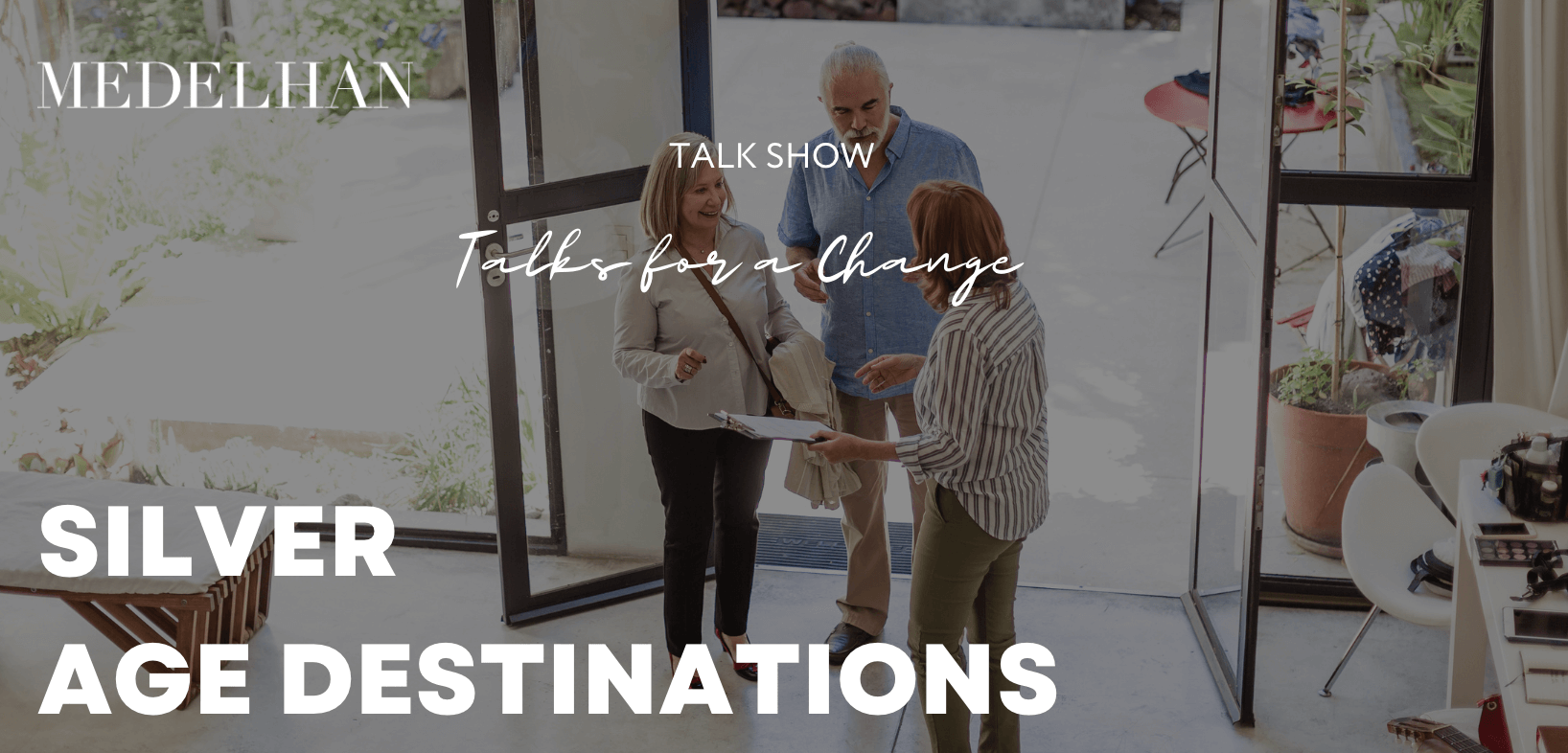
The launch and the seventh episodes were centred on the theme of senior houses, namely the new model of housing for the elderly that has successfully established itself in Europe in recent years. A system of independent housing structured around services and recreational activities, the senior housing reflects a new dimension of sociality made to measure the so-called “silver age”. The dual nature of private homes endowed with ample common areas make these structures an interesting source for new opportunities and challenges in the sector.
As emerged during the debates, parallel to the themes of sociality and services, is the concept of well-being. The objective in this case is that of building real estate complexes that offer a series of services that make accessible to many what is normally reserved to a privileged few. One of the comparisons that has been made is that of a cruise ship placed in a different environmental context. A central point to be underlined is also that of accessibility. Industrialists and managers must look at the spending capacity of the elderly and conceive a product that truly corresponds to their possibilities without extra costs.
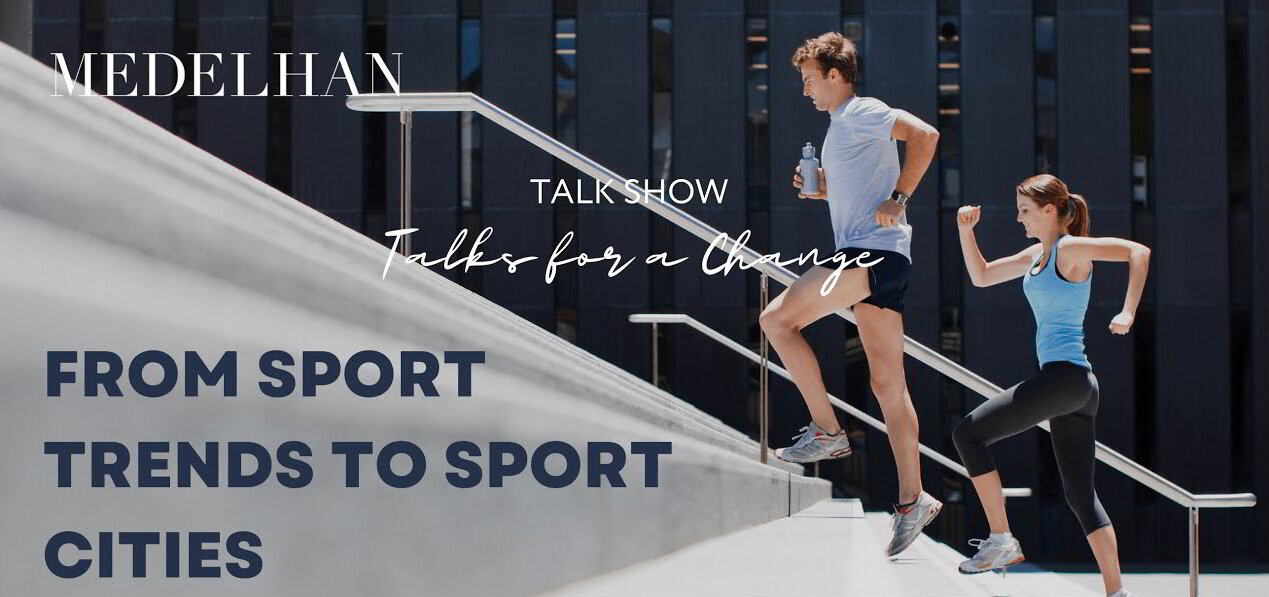
Episodes two and seven dealt with the theme of the "Sport Cities", namely the future declination, in terms of sport, of metropolitan areas, which are increasingly becoming a reference point for the public and the private. Already in the past the host structures have profoundly influenced the urban scenery of historic cities. Nowadays, sport has taken on a connotation related to the well-being of the individual, as the result of a virtuous relationship between developers, administrators, public and private spaces, green areas and quality services accessible to all.
As pointed out by the guests of the episodes dedicated to this theme, the goal today is to create a sports culture through specific planning programs. We live in a phase in which the structure of sports facilities is changing dramatically, but the construction times remain very long. In the past, the focal point was to identify the place where to build, today there is an extra step, that is to open a dialogue between public and private.
The fact that the relationship between public and private is involved in the implementation phase and, more importantly, in the management phase, is the great novelty around which to work. In this way, more projects can be carried out compared to those that would have been in the case of public finance only. During the meetings, the debate also touched on the themes of entertainment, both real and virtual or hybrid. Such structures, indeed, are thought of as a creative engine that can help communities to develop a social space.
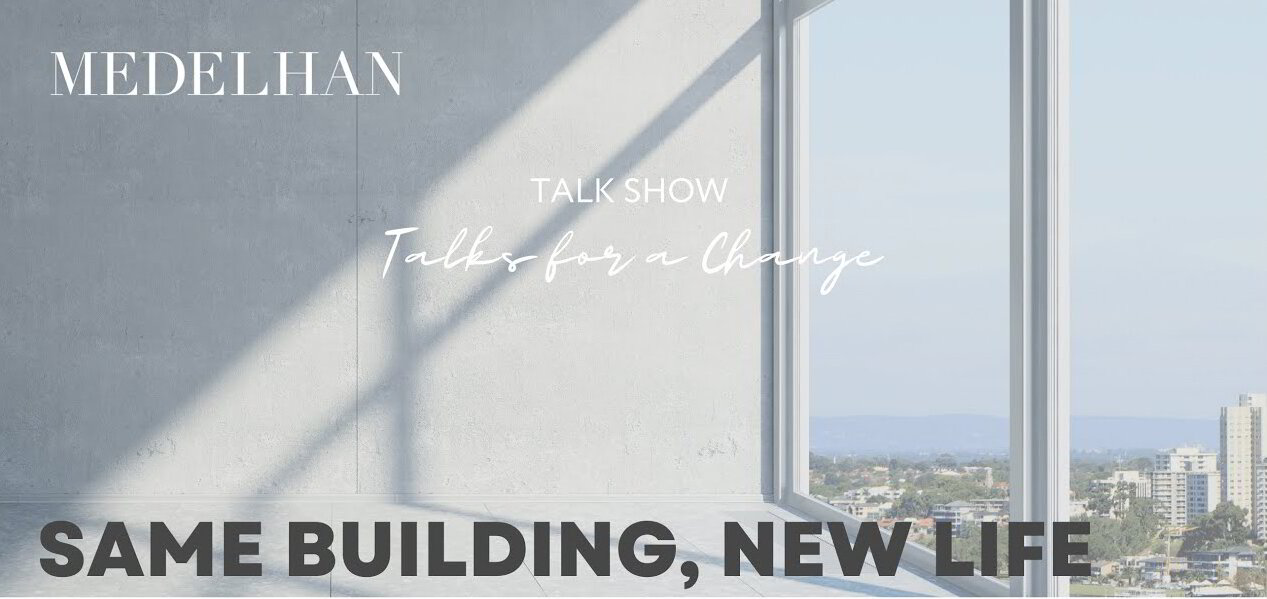
Episodes three and eight were dedicated to the adaptive reuse of existing buildings, meaning the transition of a structure to a new form of use. A strong theme within the real estate sector, the sudden development of new forms of non-permanent work has raised the need to rethink work spaces and stations. Smart working has partly changed workspaces. There is much innovation going on, but the office as such has not disappeared.
According to the data, the number of offices used by companies has in fact decreased by only 2 %.
The revolution is therefore not in numerical terms, but in terms of working arrangements. If in the last years there was the tendency of an increasing densification of spaces, today there is a return to give more square meters per person. Another trend is that of working a few days of the week from home. However companies still need to bring people together within the offices. In this sense, the theme of “appeal” emerged, whereby the office must attract people, who must be tempted to go to the office to see the heart of the organization. Spaces are thus becoming much more attractive at the interior level, with more social areas, club houses and food points. The space itself must also be more reconfigurable and flexible to allow people to work together on projects and achieve common objectives.
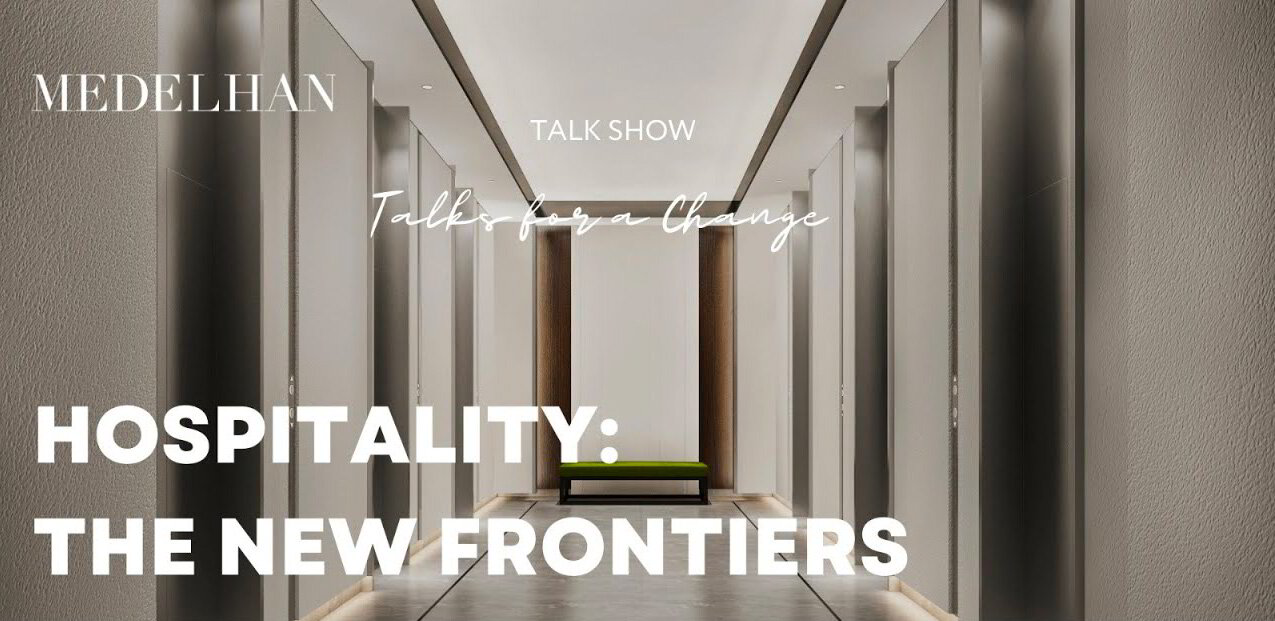
Episodes four and nine focused on the hospitality world, which was already undergoing an important evolution before the pandemic, that accelerated the changes by dictating new rules of adaptability and flexibility of spaces. Technology, sustainability and safety are just some of the areas where the hospitality industry has made innovative changes. During the meetings we saw how novel hospitality facilities characterized by their affinity with residential buildings have been developed. The common thread is the construction of spaces that should make their guests feel as if they were at home.
Thus, work spaces with a powerful connection band, fitness areas with software for private lessons and instructors, café areas and restaurants cannot be missed. As for the technological factor, it appears that the focus is on apps, such as the one that allows you to see the culinary proposal of the hotel’s restaurant in advance and book a table. If the good reception and human factor remain at the base of any self-respecting hotel, without a link with technology there is no future. Finally, several interesting environmental suggestions emerged, such as that of photovoltaics and that of the wind turbine in coverage seen in the case of the Milan GalFa Tower.
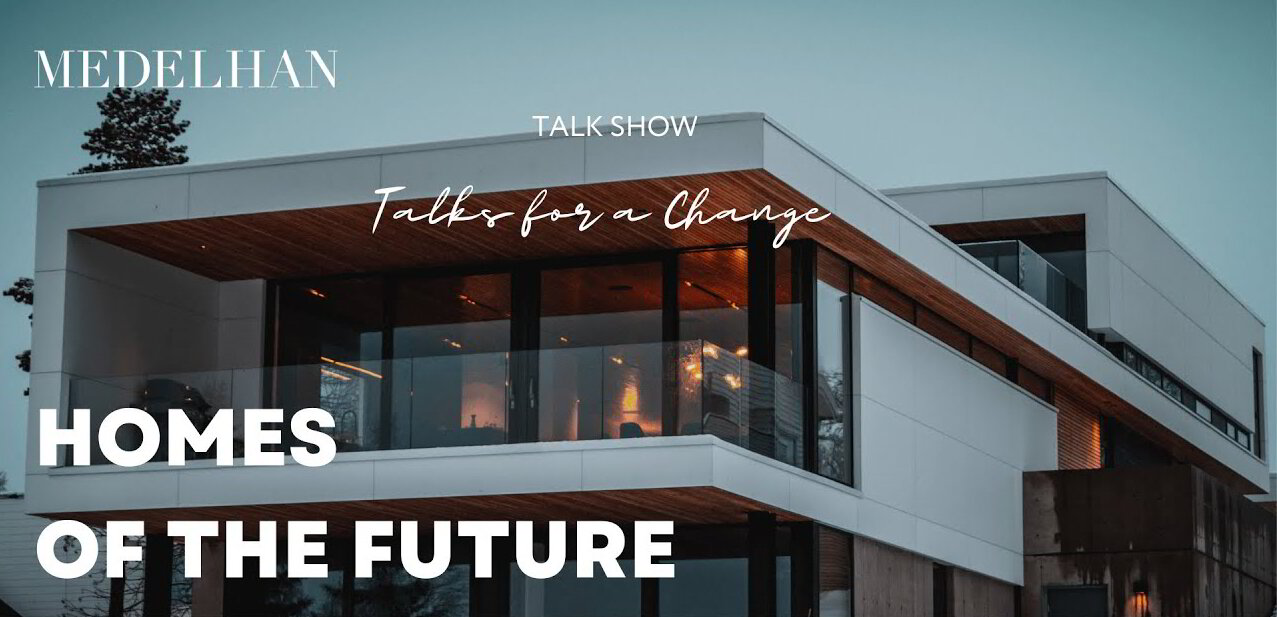
The fifth episode investigated the role of residential projects within the contemporary discourse and the different changes they are undergoing to conform more and more to extensive facilities. Among the trends and inputs from the market, stood out the connection with nature and the presence of green spaces, essential elements that permeate the new residential concepts both in the city and in the countryside.
Thus, there is a great demand for balconies, terraces and technological solutions that allow the use of outdoor spaces despite low temperatures. This is a trend catalyzed and accelerated by the pandemic. Today everyone would like a penthouses, but the availability on the market is limited and sometimes the only thing we can do is extend the function of the house via large terraces. There is also great demand for houses outside the urban context – in Italy, makes an exception Milan, which holds up the market from a real estate point of view. Many people want to escape urban living.
Small houses have entered into crisis, while the loggia and roof garden are among the fundamental themes in the purchase of a house. There is increasing attention to energy and wellness issues as well. The new residential complexes are equipped with co-working spaces, while the lobby is no longer an entrance concierge, but rather a place of representation. As for the new standards of energy performance, today the projects in terms of energy savings are more performing than the customer expects.
Often, however, the customer is not ready to the levels of inertia and energy systems of homes with continuous air circulation. Finally, a key theme is that of brands related to real estate, or branded residences, the latest frontier of the sector. The phenomenon has established itself in the United States about ten years ago, when architecture studios and, more often, fashion and automotive brands began to design the interior and furnishing of houses, creating a real lifestyle philosophy around their name. The result are homes endowed with an added value in terms of quality, luxury, service and prestige thanks to the association with an established brand.

AssiaX – a non-profit initiative promoted by experienced interior architect and product designer Annabella Nassetti and digital technologist and global communications expert Fiorenza Mella – has announced the relaunch of “Queen Bee Contest”.

This is Milano Design Week Locator, the mini guide book with ready to use Google Map by Medelhan that will help you discover where the members of Medelhan are during Milano Design Week 2023, where their showrooms are located and what events they attend.


